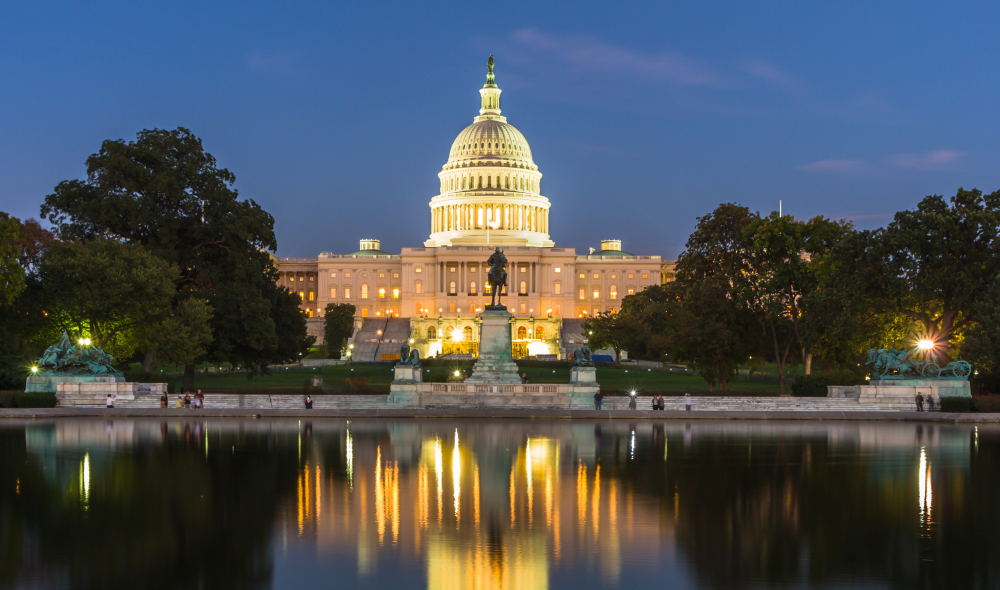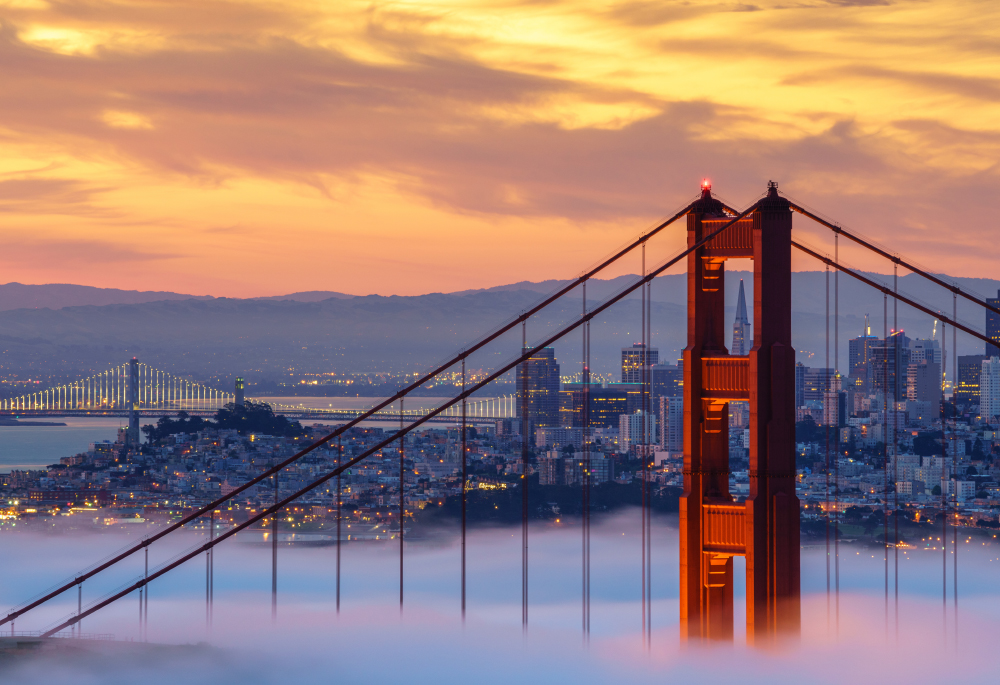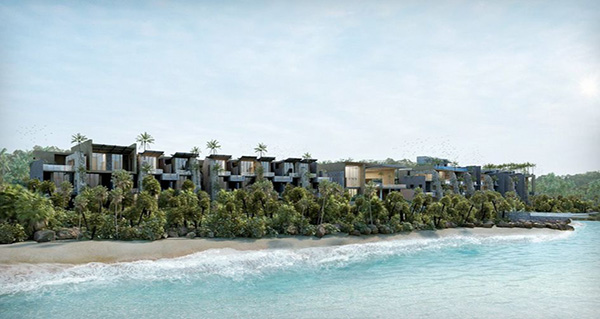Travel in the U.S. has been undergoing significant changes, with certain unexpected cities emerging as more expensive destinations for hotel stays. Here’s a look at what drives these costs and the current travel landscape:
Travel Trends and Influences
Increased Demand: As more people resume travel, popular destinations see higher demand, driving up hotel prices. Cities with major attractions, business hubs, or cultural significance tend to be pricier. For example, Washington DC is the 7th most expensive city to visit at an average of $471 per night for an individual, as its political landmarks elevate their hotel costs.
Economic Factors: Economic growth in cities, particularly tech hubs like San Francisco and San Jose, leads to higher accommodation costs. San Francisco is currently the most expensive city to visit in the US at an nightly average of $555. Business travel significantly impacts these cities, with corporate events and conferences contributing to increased hotel rates.
Limited Supply: Hotel prices often surge in cities with a limited supply of available rooms. This can result from strict building regulations, geographic constraints, or a focus on preserving historical areas, which restricts the development of new hotels. Cities like Boston and Charleston exemplify this, where preserving the architectural integrity of historic districts can limit expansion. These cities are third and fourth respectively on the most expensive cities to visit list.
Seasonal Variations: Seasonal demand impacts hotel prices significantly. For instance, cities like Santa Barbara, which enjoys a mild climate year-round, maintain consistently high rates due to continuous tourist interest. Conversely, cities with distinct peak seasons, such as ski resorts in winter or beach towns in summer, see sharp price increases during these periods. Events, festivals, and holidays also contribute to seasonal price fluctuations, making it essential for travelers to consider timing when planning trips.
Local Economy and Cost of Living: Cities with a high cost of living naturally have higher hotel prices. New York exemplifies this as the second most expensive city to visit at $532 average per night. High real estate costs, wages, and operating expenses for hotels in these cities drive up accommodation prices. Additionally, economic health and local business activity influence rates, as robust economies attract both tourists and business travelers, pushing demand and prices upward.
For luxury travelers, these cities offer exceptional experiences that justify their premium hotel prices. Whether you’re exploring the tech-driven vibrancy of San Francisco, the cultural riches of New York, or the historic charm of Charleston, each destination provides a unique blend of attractions, amenities, and activities.
For more travel insights and affordable destination tips, visit Dunhill Travel Deals.






